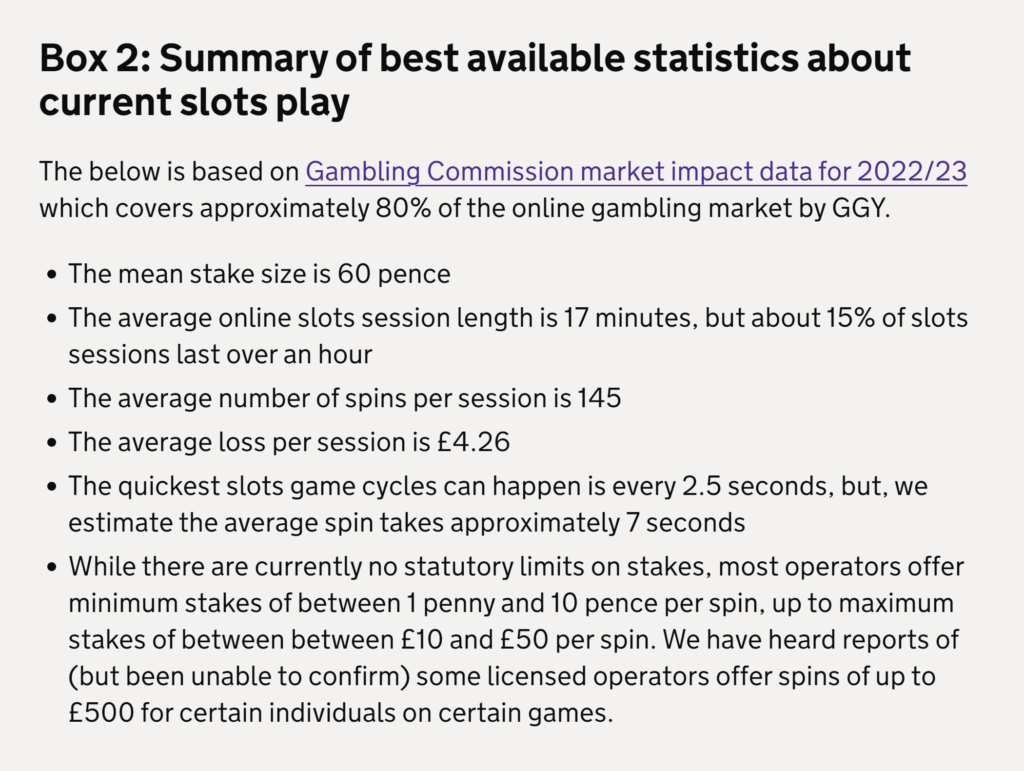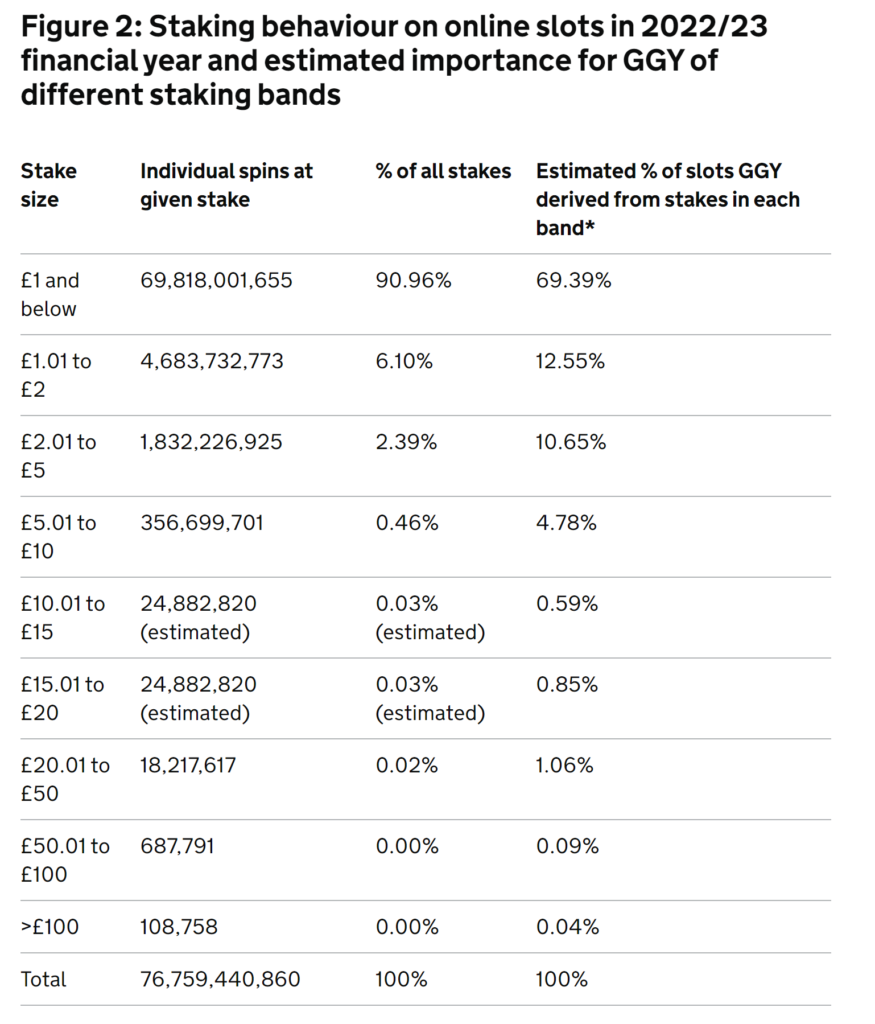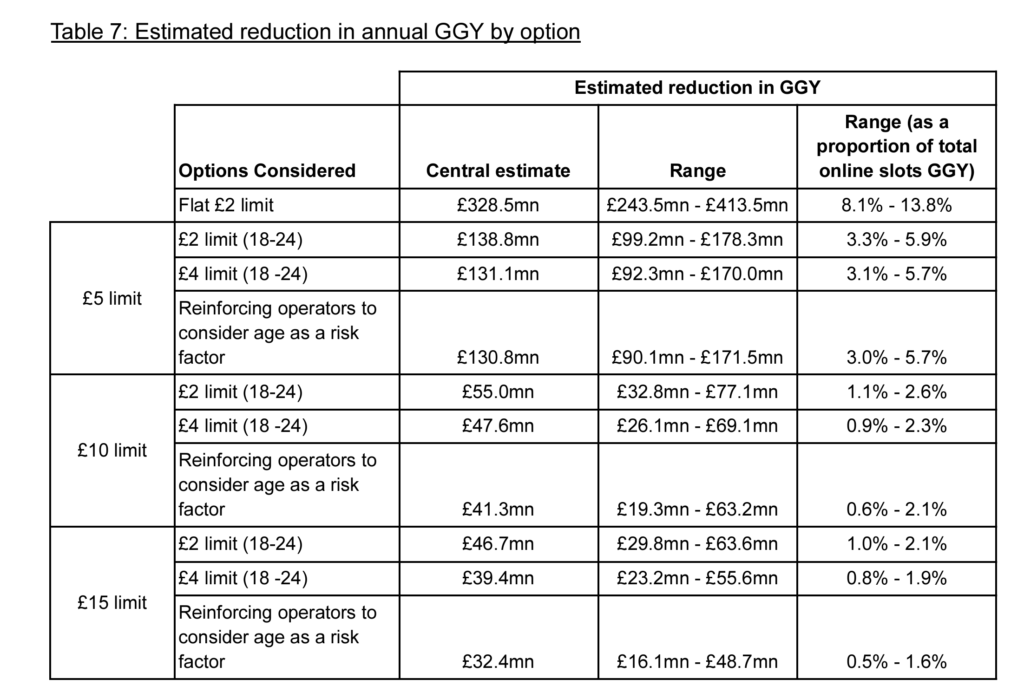White Paper Series: DCMS statutory levy consultation – polluters pay is the fairest way…
The Department for Culture, Media and Sport’s (“DCMS”) consultation on the statutory levy (the “Consultation”) was published on 17 October 2023.
The White Paper stated that the Consultation would consider:
- the proposed total amount to be raised by the statutory levy;
- how to construct the statutory levy in a fair and proportionate manner; and
- consideration of the differing harm associations between sectors and/or associated fixed costs, for example, whether a “polluters pay” principle should be adopted.
We set out below the DCMS’ response to these and other key points of the Consultation.
Proposed total amount?
The Consultation indicates that the new gambling levy, which is expected to be in full force by 2026/2027, will raise an estimated £90 to £100 million per year for research prevention and treatment by 2027.
Construction of the levy
The levy will be calculated based on a percentage of gross gambling yield (“GGY”) and be applicable to both B2Cs and B2Bs. Where GGY is not applicable, percentages should be applied to gross profits instead.
Licensees with more than £500,000 GGY or gross profits will be expected to pay the levy.
Summary of proposed levy rates
Levy rates (% gross gambling yield) when fully in force (2026/27):
• 1% from all online operators (excluding society lotteries with remote licences)
• 1% from remote software licences
• 1% from remote machine technical licences
• 1% from remote pool betting licences
• 0.4% from land-based casino/betting
• 0.4% from non-remote software licences
• 0.4% from non-remote machine technical licences
• 0.4% from non-remote pool betting licences
• 0.1% from land-based arcades and bingo
• 0.1% from society lotteries (including External Lottery Managers and local authority lotteries licensed by the Gambling Commission)
Government emphasises that it is “committed to a proportionate, evidence-led approach” and states that the proposed rates may change depending on evidence received from the Consultation.
Subject to the Consultation response, payment of the levy will be either with the annual fee or on a fixed date, with Government priority being a streamlined process for levy payment and collection.
Government recognises in the Consultation that online providers of higher-risk gambling products “are associated with greater levels of ‘problem gambling’ and gambling-related harm” and therefore “can also reasonably be expected to contribute more to cover the costs of tackling and preventing gambling-related harms”. Nevertheless, Government acknowledges that a polluter pays principle would currently be difficult to implement by product, as the evidence base is not yet sufficient to confirm the particular share of harm by product. In addition, Government’s view of B2Bs as “a crucial part of the broader supply chain fundamental to the industry as a whole” has resulted in the same levy being applied between B2Cs and B2Bs.
Levy distribution
Oversight by:
- A central Government levy board comprising the Department for Health and Social Care and Department for Science, Innovation and Technology;
- Additional oversight by HM Treasury;
- An expert advisory group comprising public bodies with relevant expertise and the third sector will also be established to help prioritise how funds should be used.
Administered by: the Gambling Commission, as directed by Government.
The proposed percentage allocations across the areas of research, prevention and treatment (“RPT”) respectively are:
- 10-20% to UK Research and Innovation for a Gambling Research Programme.
- 15-30% for a co-ordinated approach to prevention, early intervention, and education across Great Britain.
- 40-60% to the NHS, who will be the main commissioner of treatment in England, Scotland and Wales.
What about regulatory settlements and RET payments?
Subject to the final levy system, the Gambling Commission has indicated that it will review its process for approving the destination of settlements, should there be any, and consider how to avoid, as far as possible, a dual system or duplication of work alongside the levy.
Until the levy is implemented, licensees are expected to continue making RET payments as required by the Licence conditions and codes of practice.
Conclusion
Speaking on fairness, Gambling Minister Stuart Andrew has said that:
“Gambling firms should always pay their fair share and this new statutory levy will ensure that they are legally required to do just that.”
The Consultation lasts for 8 weeks, with a deadline of 14 December 2023. Responses should be provided via the Government’s online survey. If you cannot access the link, responses can be sent in PDF or Microsoft Word format to [email protected].
We encourage all to respond and let us know if you wish to discuss or require any assistance.


